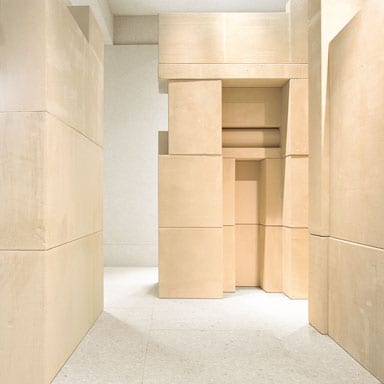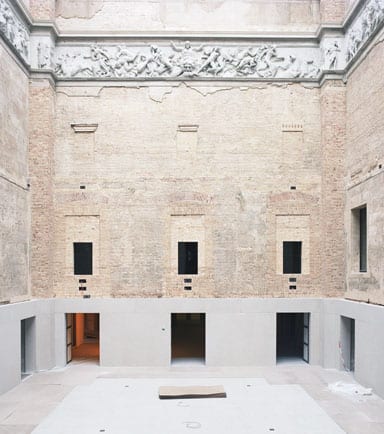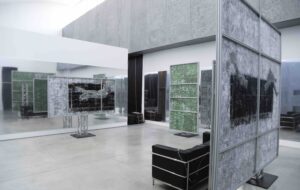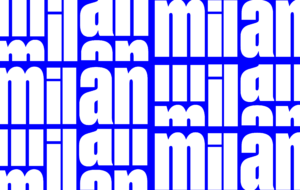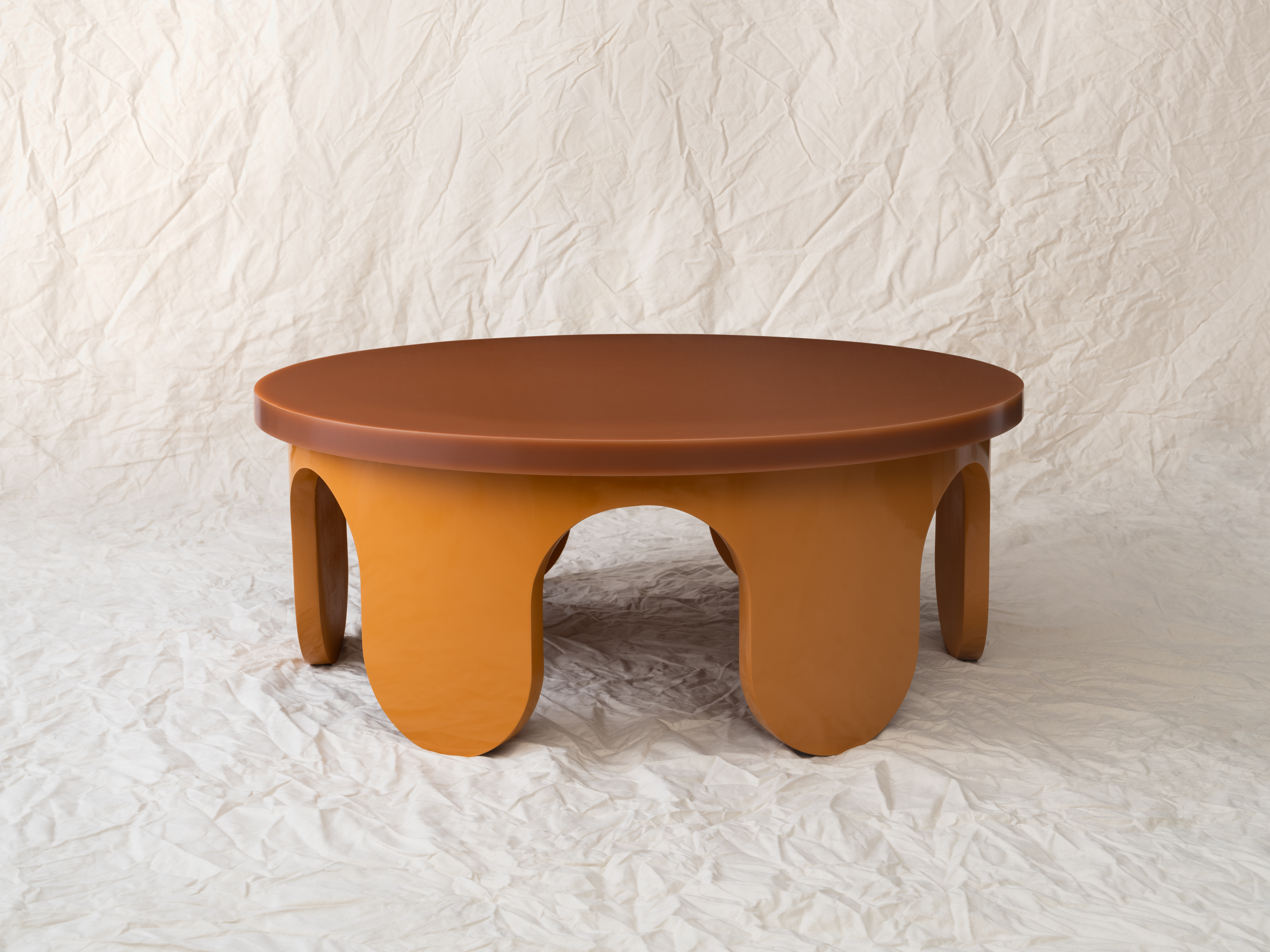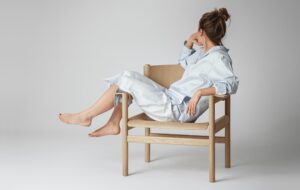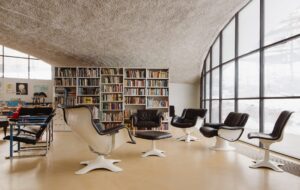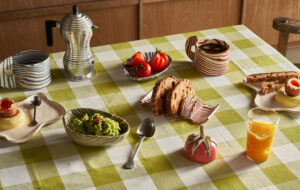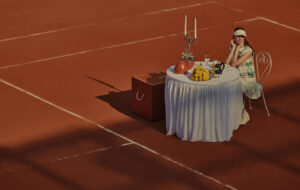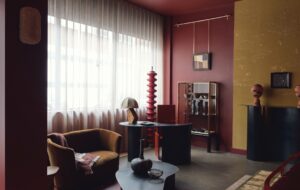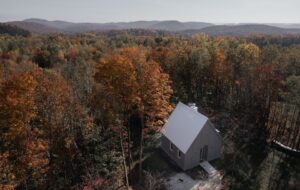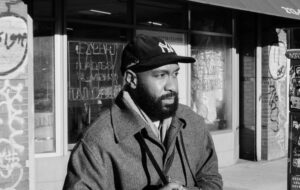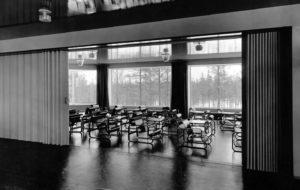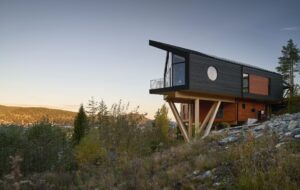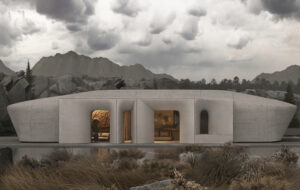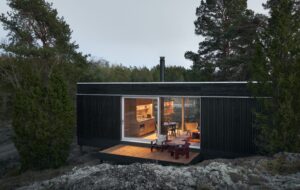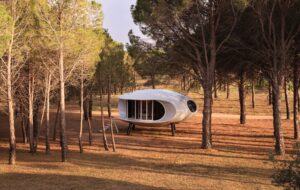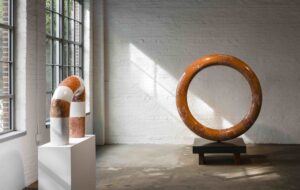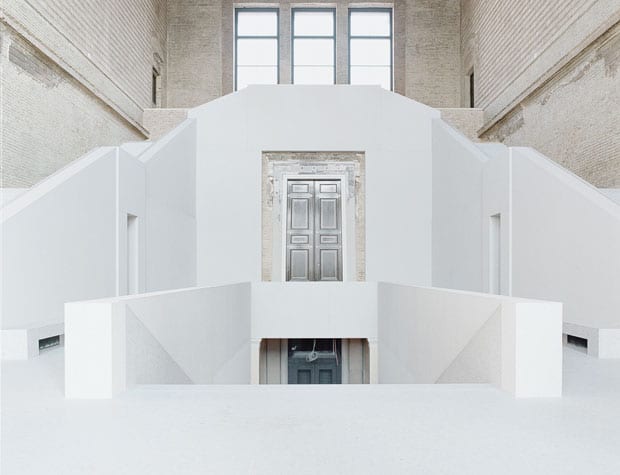
words Edwin Heathcote
The rebuilding of the Reichstag and Potsdamer Platz, the restoration of the formerly desolate Brandenburg Gate and the replacement of the communist Palast de Republik with an eccentric facsimile of the Hohenzollern Palace, are all projects that have split the city and caused outrage, sparking debate over the role of architecture. Revealingly, the remains of the recent communist past have been treated with more haste than those of the more distant Nazi past. It must seem a more immediate evil. Every act of building in Berlin is political. Someone is bound to get upset.
The latest bold reconstruction would appear far more cultural than political but, of course, being Berlin, everything crashes against history and ideas. David Chipperfield and Julian Harrap’s restoration of the Neues Museum is an awesome attempt to acknowledge the brutality of the city’s history, to heal its broken body while revealing its scars. In the recently completed €233 million restoration of a ruin, the architects have, I think, created one of the most philosophically and intellectually complex museums of the modern age – and one of the finest.
I trudged through the biting cold and across the whipping wind over the River Spree to the latest manifestation of the craze for restoration. The building is not quite complete, it will take a long while yet to be filled with artefacts and the access was still a simple wooden plank ramp and an intriguingly medieval-looking temporary door. I can say that, 24 hours after pushing down the primitive timber latch, I am still reeling, still digesting, still struck by one of the richest, most resonant interiors I can remember.
The museum was designed in 1843-55 by Friedrich August Stüler, a friend and follower of Karl Friedrich Schinkel, the pre-eminent German classicist without whom we would have been Miesless. Situated on the city’s Museum Island alongside Schinkel’s Altes Museum, the Pergamon Museum and Stüler’s own National Gallery, the Neues Museum housed the Egyptian collection and the artefacts of the ancient world. In line with contemporary thinking it was built in homage to a classical age which was deemed inimitable, but imitated anyway. Johann Winckelmann, the effective founder of classicism and a proud Prussian himself, had called for the emulation of Greece and the Museum Island was conceived as a northern Acropolis.
The interior is themed: Egyptian artefacts between walls painted with hieroglyphs; Roman remains among Pompeiian splendour; Greek friezes in hypostyle halls and so on. The layering of style upon style has given Chipperfield a job of great complexity. For instance, in the 1920s the rich Egyptian scheme was stripped out, to be replaced by a modernist white cube. Chipperfield has restored what remains of the original scheme along with elements of the stripped-down version, giving a hint of the myriad decisions of what to restore and what to replace and of the kind of palimpsest presented. And that is just one small room. Every space has been considered, deliberated over and addressed individually and meticulously. This is the history of a city and the history of museology embodied in a glorious enfilade.
The exterior gives the first clues to what’s going on. Stand on the other side of the river, with your back to Chipperfield’s austerely beautiful new(ish) Am Kupfergraben Gallery, and you see a museum of two halves. To the right the restored fabric of the old building, to the left the brick skeleton of what had to be rebuilt. In colour, form and rhythm the essence of the original is all still there, but, as in an anatomical study, the skin is peeled away leaving the sinews and muscle of structure exposed. Instead of stone the brick is covered in slurry (“schlem” in German, what a word), which tones it down in texture and colour to the creamy consistency of the stone without imitating it. It looks less like a building rebuilt than a building exposed. There’s a kind of modernist puritanism about it, a Kahnian essence.
Beyond that bodged temporary door, the entrance lobby beyond the still tarpaulin-clad colonnade reveals the architect’s most significant intervention, an operatic stair that is at once minimal and rich, an insertion of polished, richly aggregated and beautifully finished concrete as sheer luxury. It sets the pattern for the heart of the structure, the rebuilt courtyards, the bright atriums at the centre. Where Chipperfield has been given a free hand he has gone for a kind of stripped classicism which is at once both instantly recognisable as his work and yet is haunted by the ghost of Friedrich Gilly’s reductivist temples. The new is plain, sheer and distinct. Glacially solid glass panels, slender concrete columns in single 14 m sections, smooth sheets of dark bronze, even the structural beams in the roof are glass. Perhaps in opposition to the high-tech Britishness of Foster’s Reichstag, structure here is exposed but made less of a fuss of. That kind of effortlessness, of course, takes immense effort.
The galleries each retain their own character, a blend of the original “theme”, anywhere from Egyptian to Gothic overlaid with the history of their destruction, exposure to the elements and their remaking. New is left distinct from old but not so much that it shouts its difference. Colours are allowed to tone into each other, demarcating a line in the subtlest of techniques. Project architect Alexander Schwarz lyrically describes it as “calming down the destruction”. Columns are rebuilt as brick pilasters, the form and colour retained, the detail washed out by the tide of history. Stüler’s own sophisticated attempts to explain the structure through decorative didacticism have been echoed in the exposed materials of vaulted ceilings made with terracotta pots, of bricks exposed in their Semperian weave, with ceiling beams articulated clearly as sitting on walls. Bullet and shrapnel holes in the imitation marble door frames are left, the cracks in the material generating spiders’ webs of exquisite delicacy, like the glaze in an ancient porcelain. The polychromy of the painted interiors is brought out in the kind of decadent richness that blends Pompeii with the faded grandeur of the Bouffes du Nord, as if the decay were retribution for all the ornament and now stands as a warning.
Then there are the corner pavilions, which frame and contain the enfilade. Apsidal spaces give way to domed rooms above and here, in a brick vaulted dome, is the cupola room, the building’s most elemental space. The bare brick container rises to an oculus at its centre in a volume that evokes an almost primeval, Assyrian architecture, an essence of space. It is incredible, a thrilling contemporary addition to the string of historical revivals.
It crowns this most extraordinary piece of work. The Neues Museum has itself become the archaeology layering onto the artefacts, not yet installed, a depth of its own history and politics. Its pseudo-historic elements in their ruin have become the thing they were emulating, and Chipperfield has overlaid a new history that is more than a layer – it’s a framework to reintegrate the museum into the modern city and root the collection to the Museum Island. The other museums were all restored soon after the war, so they remain tinged with the communist era’s drab hand, soiled, imperfect. The Neues Museum, more extensively ruined and massively restored has, paradoxically, become the most authentic of them all.
While the white cube and the icon fight it out for supremacy in art-world hype, the found space has always presented a richer background, a story against which a history can be told. The Neues Museum presents the extraordinary notion of a purpose-built museum, ruined, recovered and reused as found space to do what it was once meant to do. History and fashion passed it by and, in the cycle of culture, have met up with it again so that its galleries, themselves now archaeological artefacts, seem almost painfully, poetically, perfect.
Friederike von Rauch’s photographs will soon appear as a book by Hatje Cantz, €35
All images: Friederike Von Rauch
